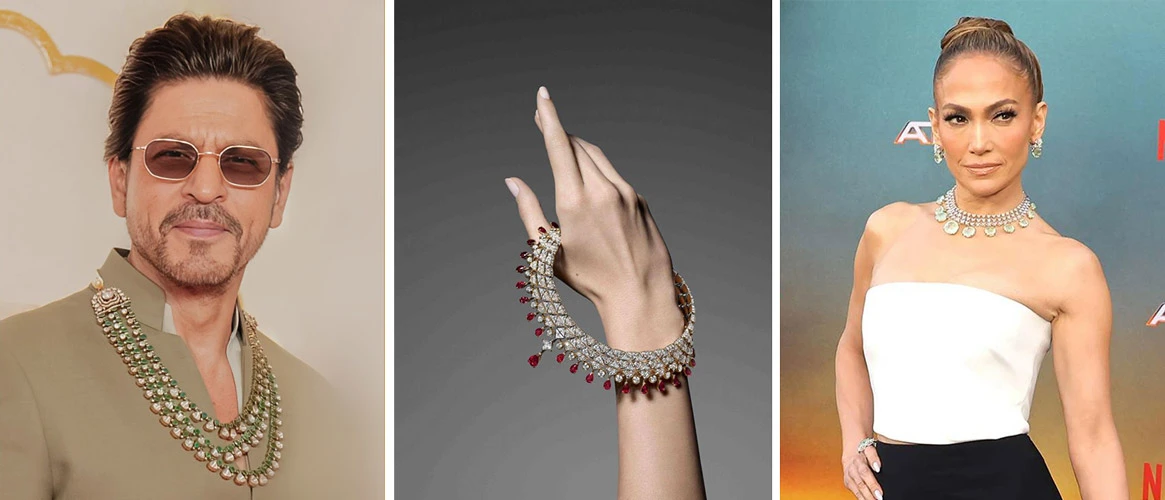GAP, an iconic American fashion brand, has been a staple in wardrobes since its founding in 1969. Known for its classic designs, comfortable clothing, and versatile styles, GAP has grown from a small San Francisco store into a global powerhouse in the fashion industry. From its ubiquitous denim jeans to its laid-back yet polished casual wear, GAP offers a unique blend of style, comfort, and affordability, appealing to a wide range of consumers.
This blog explores GAP’s rich history, its rise to prominence, its brand evolution, sustainability initiatives, and its place in the modern retail landscape, particularly in the U.S. market.
You May Also Like: Zara: The Global Fashion Powerhouse Shaping Fast Fashion
The History of GAP: From Humble Beginnings to Global Brand
GAP was founded in 1969 by Don and Doris Fisher, who had one simple mission: to make it easier for customers to find great-fitting jeans. Their first store in San Francisco carried Levi’s jeans and LP records, a quirky combination that was soon replaced by a broader range of clothing. The brand’s name, GAP, referred to the “generation gap” that existed between parents and their children during the late 1960s, signaling the company’s intention to provide stylish yet practical clothing for a new generation.
By the mid-1970s, GAP had introduced its own line of private-label clothing, which was well-received by consumers. The brand quickly expanded throughout the United States, becoming known for its high-quality denim and signature “American casual” style. By the 1980s, GAP had established itself as a leader in the fashion industry, with a reputation for offering timeless, affordable clothing that could be worn by men, women, and children alike.
GAP’s Signature Style: Timeless, Casual, and Versatile
One of GAP’s key strengths is its ability to offer timeless, versatile pieces that can be worn across different occasions and seasons. The brand’s aesthetic is defined by simple, clean lines and classic silhouettes, making its clothing easy to mix and match for a variety of looks. GAP’s offerings include everything from everyday basics, such as T-shirts and jeans, to polished pieces, like blazers and button-down shirts.
1. Denim: The Heart of GAP’s Identity
Denim has always been at the core of GAP’s brand identity. From the beginning, GAP was synonymous with jeans, and the company’s focus on producing high-quality, durable denim has never wavered. Over the decades, GAP has offered a wide range of jean styles to suit different body types and fashion preferences, including skinny, straight-leg, bootcut, and wide-leg options.
GAP’s denim remains a best-seller, with the brand continuously innovating its designs and materials to meet changing consumer demands. The introduction of stretch denim, eco-friendly fabric blends, and more inclusive sizing options are just a few ways GAP has adapted its iconic denim to stay relevant in today’s competitive market.
2. Everyday Basics with a Modern Twist
GAP’s collections of everyday basics are equally popular among customers looking for effortless style and comfort. From soft cotton T-shirts and cozy hoodies to comfortable yet stylish leggings and chinos, GAP’s basics are designed with both fashion and functionality in mind. The brand’s color palette is often understated, focusing on neutrals like black, white, gray, navy, and earthy tones, making it easy for consumers to build a wardrobe that fits their lifestyle.
While GAP stays true to its roots with simple, classic designs, the brand also offers seasonal updates and collaborations with fashion designers and artists. These limited-edition collections inject fresh energy into GAP’s lineup, offering shoppers the chance to incorporate new trends into their wardrobes while maintaining the brand’s signature aesthetic.
GAP’s Challenges and Brand Evolution
While GAP enjoyed tremendous success throughout the 1990s and early 2000s, the brand has faced significant challenges in recent years. The rise of fast fashion brands, such as Zara and H&M, along with the increasing dominance of e-commerce, created a more competitive retail environment. As consumers gravitated toward more affordable, trend-driven clothing, GAP’s focus on casual basics struggled to keep up with changing fashion tastes.
In response, GAP has undergone several brand transformations and strategic shifts to remain relevant in the ever-evolving retail landscape. One of the key challenges for GAP has been balancing its legacy as a classic American brand with the need to appeal to younger, trend-conscious shoppers.
1. Redefining GAP for a New Generation
To appeal to a younger demographic, GAP has embraced digital marketing, social media, and influencer partnerships. The brand has collaborated with popular influencers, fashion bloggers, and celebrities to reach millennial and Gen Z consumers, emphasizing GAP’s versatility and timeless appeal while showcasing its more fashion-forward offerings. GAP has also invested heavily in its e-commerce platform, ensuring a seamless online shopping experience that mirrors the convenience and accessibility of its physical stores.
In recent years, GAP has focused on inclusivity, expanding its size range to offer more options for different body types. The brand’s commitment to offering inclusive sizing has resonated with modern shoppers, reflecting the broader industry trend toward body positivity and diversity.
2. Collaborations and Limited-Edition Collections
To inject new life into its product lineup, GAP has introduced several high-profile collaborations with designers and artists. These partnerships have resulted in limited-edition collections that combine GAP’s iconic basics with fresh, contemporary designs. For example, GAP’s collaborations with Kanye West’s YEEZY brand and acclaimed designers like Stella McCartney have attracted attention from both the fashion press and consumers, bringing a new level of excitement to the brand.
GAP’s Sustainability Efforts
As sustainability has become an increasingly important issue for both consumers and fashion brands, GAP has made significant efforts to improve its environmental impact and promote ethical practices. The brand has taken meaningful steps toward creating more sustainable products and reducing its carbon footprint.
1. Sustainable Denim and Eco-Friendly Materials
GAP has placed a strong emphasis on making its denim production more sustainable. The company has introduced water-saving techniques and eco-friendly dyes in its denim manufacturing processes, reducing the amount of water, chemicals, and energy used in production. GAP has also committed to sourcing 100% of its cotton from more sustainable sources, such as organic cotton or recycled materials, by 2025.
In addition to its denim, GAP is incorporating more eco-friendly materials into its other clothing lines, such as Tencel, recycled polyester, and sustainably sourced wool. The brand is also working to reduce its use of plastic in packaging, aiming for more recyclable and compostable packaging materials.
2. Fair Labor Practices
GAP is also committed to promoting ethical labor practices within its supply chain. The company works with suppliers who adhere to strict labor standards, ensuring fair wages and safe working conditions. GAP’s Code of Vendor Conduct outlines specific requirements for its suppliers, including prohibitions on forced labor, child labor, and discrimination. The brand’s focus on transparency and ethical practices is a key part of its long-term sustainability goals.
GAP’s Role in the U.S. Retail Landscape
Despite the challenges faced by the fashion industry, GAP remains a significant player in the U.S. retail market. Its combination of classic, comfortable clothing and a strong commitment to sustainability has helped the brand maintain a loyal customer base.
In addition to its standalone GAP stores, the brand’s parent company, GAP Inc., owns several other successful retail brands, including Old Navy, Banana Republic, and Athleta. This diversified portfolio allows GAP Inc. to appeal to different customer segments, from budget-conscious shoppers at Old Navy to more upscale, fashion-forward consumers at Banana Republic.
Conclusion: GAP’s Legacy and Future Prospects
GAP’s legacy as a classic American fashion brand is undeniable. For over 50 years, the brand has provided stylish, comfortable clothing that appeals to a broad audience. While GAP has faced significant challenges in adapting to the changing fashion landscape, the brand’s commitment to quality, sustainability, and innovation positions it for continued success in the future.
As GAP continues to evolve, its focus on timeless style, inclusivity, and environmental responsibility will resonate with a new generation of consumers. With its rich history, strong values, and dedication to providing affordable, stylish clothing, GAP remains an essential part of the American fashion landscape.










